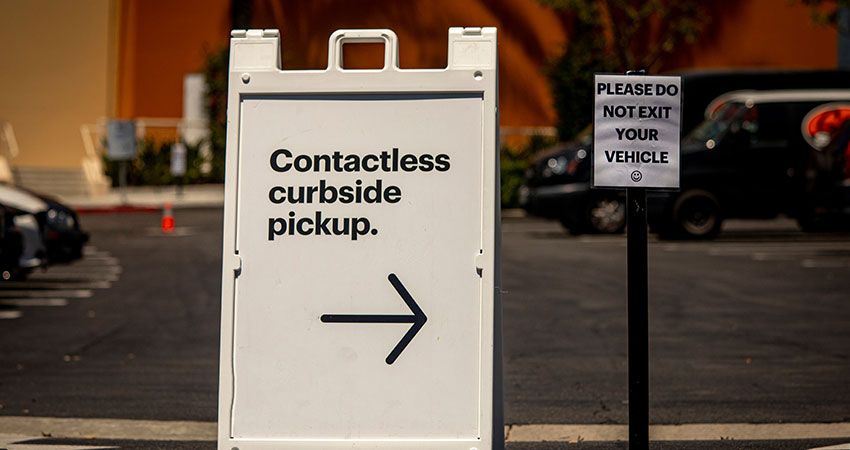When the COVID-19 pandemic initially swept the U.S., many large retailers experienced substantial supply chain challenges. As a result, consumers across the nation faced a lack of access to essential goods such as cleaning supplies, household items and even groceries. Small businesses (SMBs), however, saw the lack of access to basic necessities as an opportunity to take their store online and serve customers remotely.
And these actions didn’t go unnoticed. In fact, a national consumer study from ShipStation during the height of the outbreak revealed that COVID-19 made 62% of surveyed consumers more aware of local brands that they can support and purchase from, and that 55% had already increased spending with independent retailers impacted by COVID-19.
Not only were SMBs able to rise to customers’ heightened expectations, they stepped up and filled major supply gaps. Small businesses now have a window of opportunity to convert one-time COVID-19 customers into long-term loyalists, and here’s how they can do so.
Optimizing Omnichannel Processes
With store closures and restrictions in certain states for in-person shopping, everyone from the retailer to the carrier to the consumer had to shift their expectations and approaches. This resulted in a spike in buy online pickup in store (or curbside) models for many SMBs – and consumers are now not likely to want to relinquish those conveniences.
In order to continue to meet customer expectations, SMB retailers will need to consolidate their tech stack and streamline everything from marketplace channels and carrier management to inventory management and automated post-purchase customer communications.
Prioritizing Customer Communications
Prior to the outbreak, one-day and same-day shipping options were starting to become a standard expectation. Now, this level of convenience continues to be a hard-to-find luxury. In fact, our study found that 68% of consumers have lowered their expectation of delivery speeds and 58% say they will place less emphasis on it in the future.
So, what do consumers expect? Communication. A whopping 94% said they now expect retailers to make information on shipping delays readily available on their website. This is an easy way for SMBs to continue to ensure transparency and build trust. This information can include the most recent changes in policy, inventory availability and shipping updates. Most importantly, small businesses should ensure this information is clear and easily accessible, both prior to checkout and post purchase.
Updating Return Policies
COVID-19 not only created shipping challenges on the SMB side, but it also significantly impacted returns processes. As storefronts were forced to close or reduce their hours, and a greater demand on the supply chain resulted in delays, many customers needed additional time to complete returns.
What’s more, customers were hesitant to make returns in stores or at a post office, even as storefronts began to reopen. SMBs can solve for this problem by providing customers with information on returns processes in their initial order confirmation in order to reduce friction. This can include information on reusable packaging, customer-initiated returns portals and other convenient options. This is an easy fix that small businesses can implement which is essential in building customer loyalty and repeat business.
Most of all, the study showed that the benefits of supporting small businesses extend far beyond the crisis itself. As 74% of consumers report plans to support more local and independent brands in the future, we will see SMBs continue to persevere, adapt and come out on the other side stronger than ever.
Krish Iyer is Head of Industry Relations and Strategic Partnerships for ShipStation

